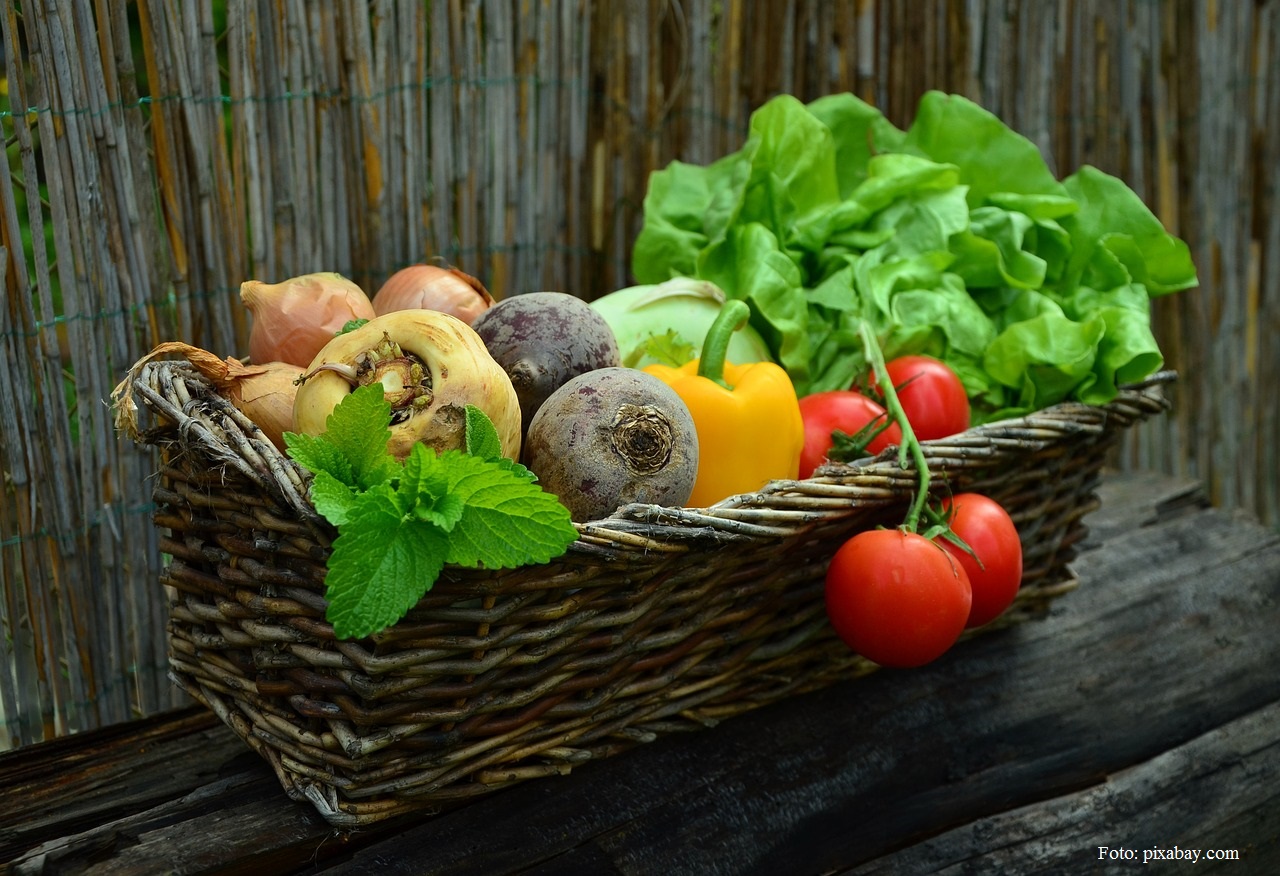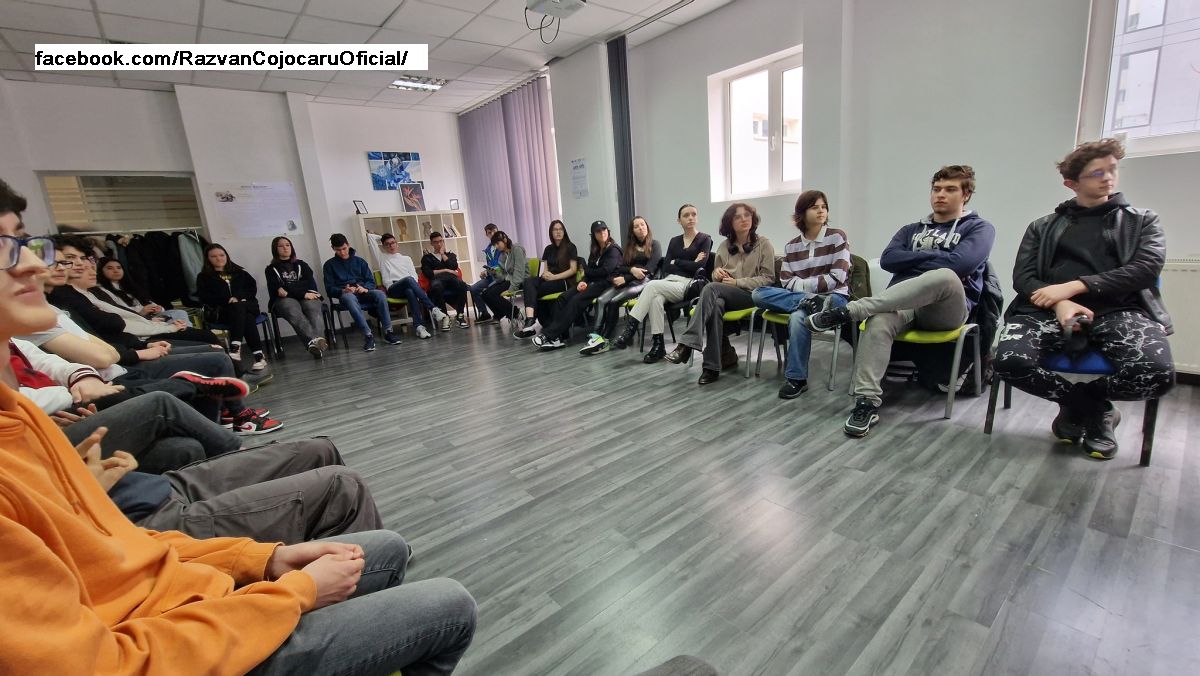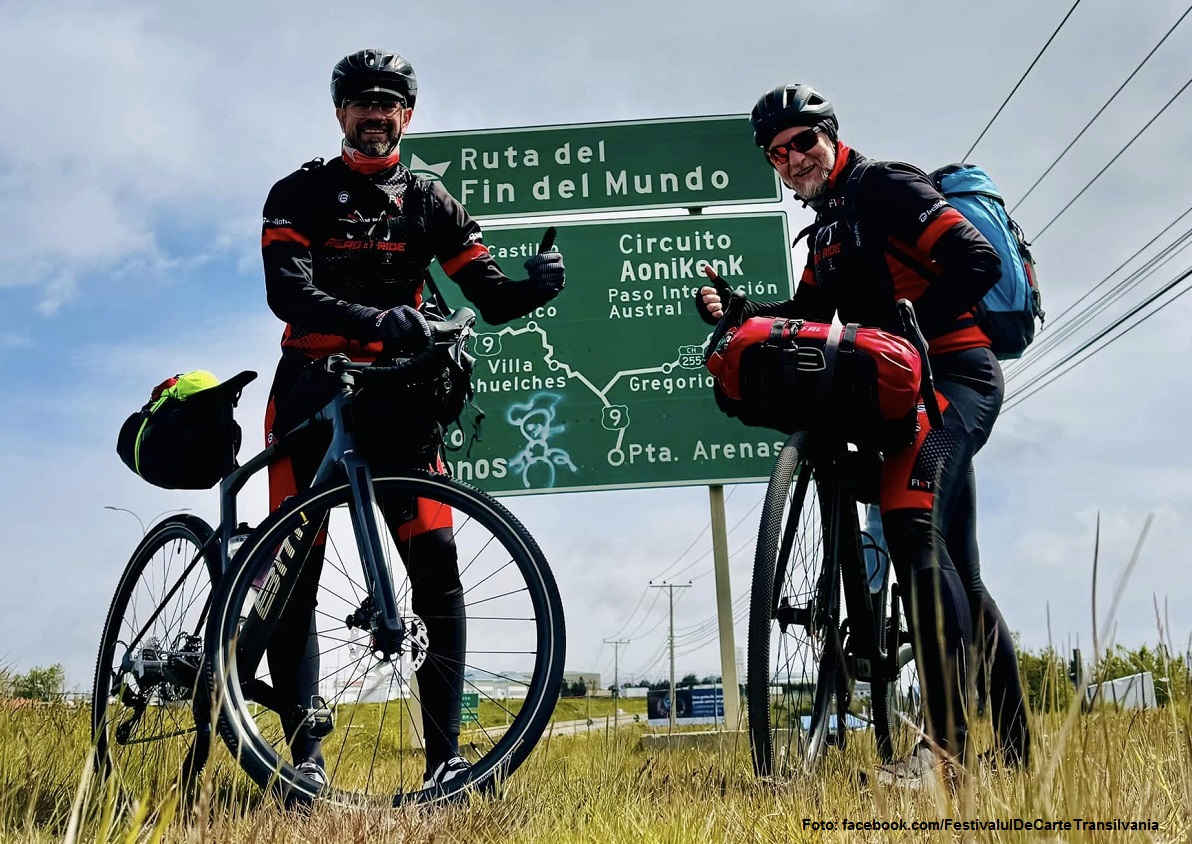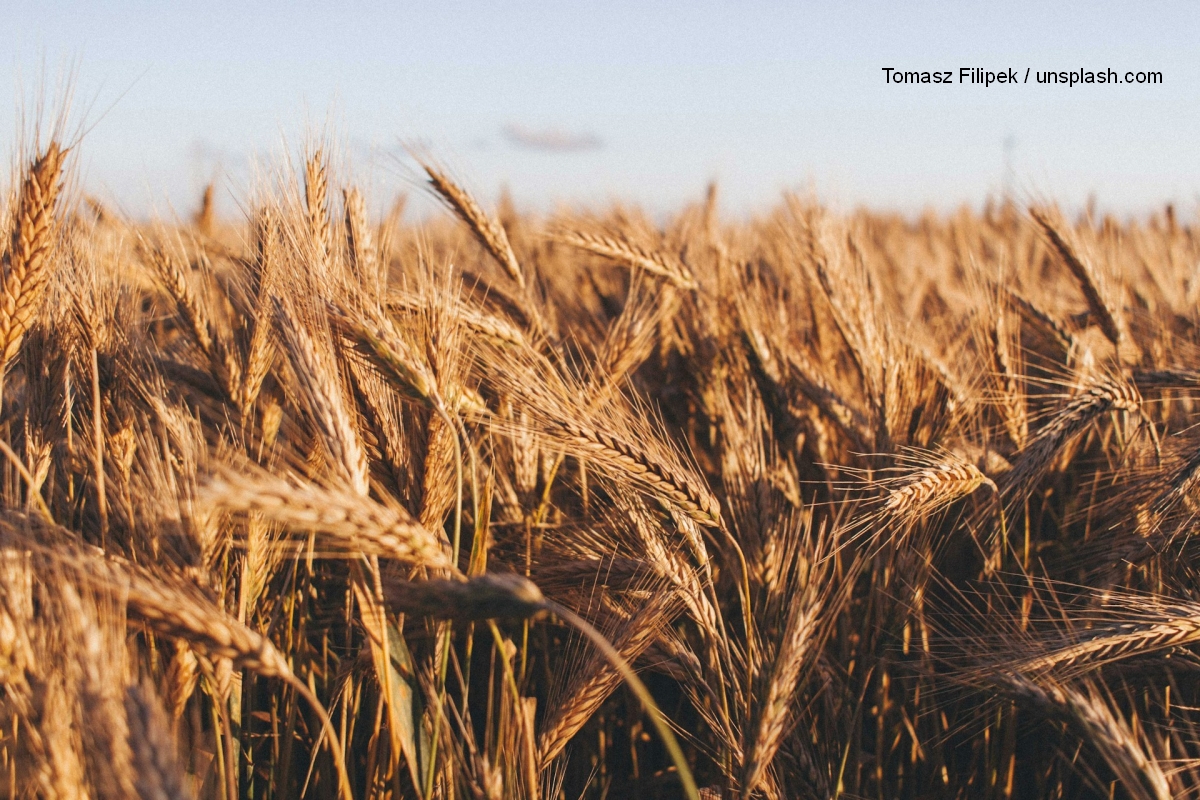Inside Romania: But Why?
The “But Why Association encourages children to take an interest in art.
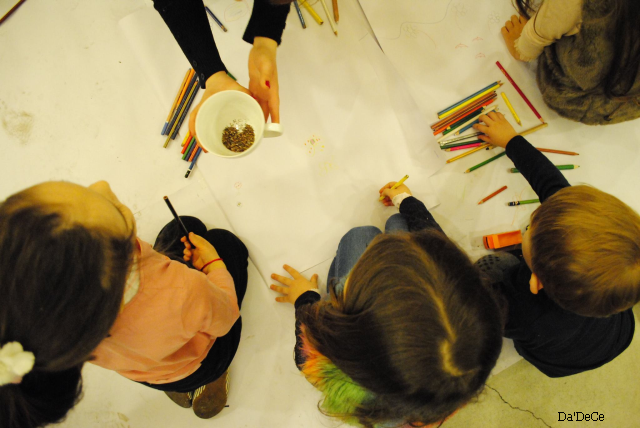
Ana-Maria Cononovici, 06.09.2015, 08:09
The “But Why Association was set up three and a half years ago starting from the idea that art draws children and prompts them to make fresh associations of ideas. Meanwhile, jointly with the children and the parents whom they gather together every weekend, the people of the But Why Association have been visiting almost all museums in Bucharest, says the president of the association Raluca Bem Neamu. She also revealed why they chose that particular name for their association.
Raluca Neamu: Because this is the question most frequently asked by children. We target the 2 – 10 years old age group, mainly the children younger than 3, whose universe is dominated by the question ‘why. After the age of 3 this question acquires new valences. Our programs unfold in cultural institutions, especially in museums, where we have discovered a universe that children like a lot. If our programs are interactive and adapted to the childrens age and interests, the experiences they get are absolutely extraordinary. There is no other space offering such richness of meaning and ways of playing and interacting with cultural objects. “
Starting from the idea that whenever they are with their parents children always have more profound and more pleasant experiences, every weekend the But Why Association comes up with a different program for children. They need to come accompanied by their parents because the program is tailored for families with children aged between 2 and 10. We have asked our guest what museums she finds most attractive for children, and if children perceive museums differently.
Raluca Neamu: We started with the Romanian Peasant Museum, which we found the most child – friendly in terms of objects on display. Other museums we visited were the Village Museum, the National History Museum, a couple of memorial houses, the Vasile Grigore Museum, and the George Enescu Museum, with which we have been constantly working for three years now. All these museums allow access to groups of children, because not all museums are prepared for such an experience. First, when entering a museum, children need time to adapt to the new space: being quite small the space of a museum is very large for them, it is very different. So, each of our programs starts with a game that makes them feel comfortable in the new space, and since they are accompanied by their parents, this happens more naturally. After that we take them throughout the museum. They are extremely open to the experience, since they have a natural curiosity, they do not have the adults preconceived ideas and their fears. For kids art is something absolutely natural. Accepting art is easier at an early age.
For the children aged between 4 and 8 who are eager to visit museums and art galleries, visual education programs have been prepared as part of “Topsy-turvy exhibition of French photographer Philippe Ramette, mounted by the French Institute and venued by Bucharests Visual Arts-Multimedia Center Gallery. The program is aimed at facilitating understanding of contemporary art and at explaining the French artists approach:
Raluca Neamu: “The core message of our programme is that artists transform reality, based on their will and ideas; we thus help children understand what art is about. Art is not a mere photo of a landscape, but a photo that has an evident message and an idea. Starting from this exhibition, from discussions, from games that test childrens skills, by the time they get to the workshop part, children will be more independent and come up with their own collages, which defy the laws of physics, just as the universe created by Philippe Ramette does, but which convey a personal message. We would like children to understand what art means, not as a definition, but as a concept that they internalise. And the fact that they are artists while visiting this exhibition helps them internalise this message.
Other programmes running this spring are related to philosophy, such as the childrens philosophy workshops called “In Other Words. During these workshops, children start from a story and discuss life situations. For those who like trips and outdoor activities, two types of workshops have been designed, focusing on trees and the world of herbs. “Flowers, girls and herbs is a workshop on flowers and herbs devoted to girls of all ages, and was organised on March 8th. Attending were the author and the illustrator of the book “Journey through herbs and light, Iulia Iordan and Cristiana Radu. In turn, the “Tree Workshop addresses families with children aged between 4 and 8, and focuses on the fascinating world of forests. And with every new workshop, the question “why is given new answers and new meanings.

